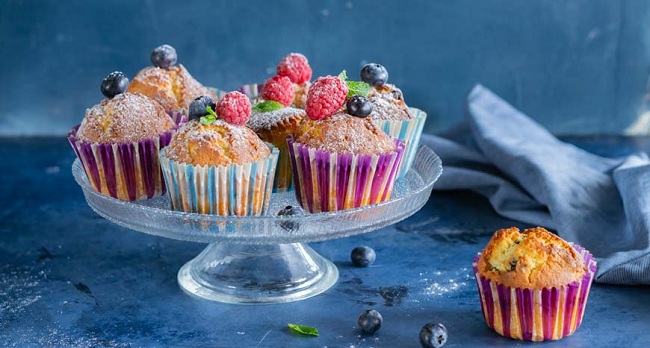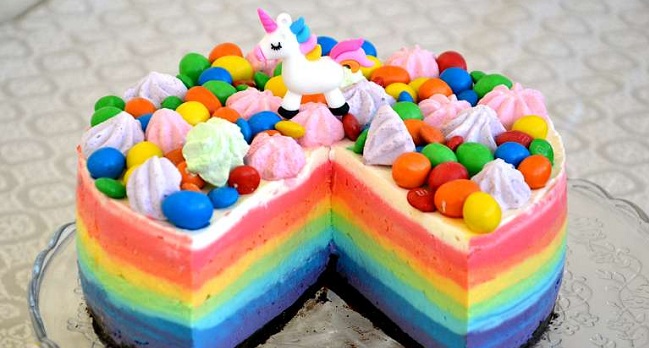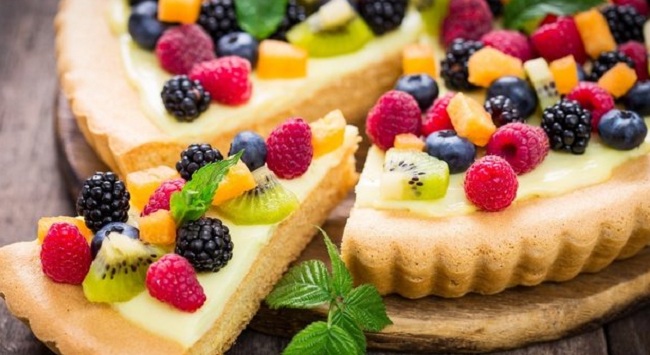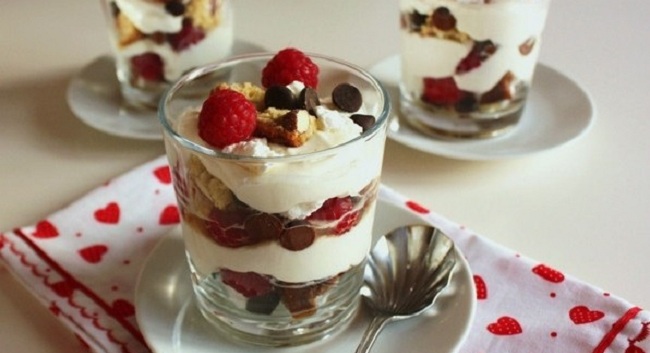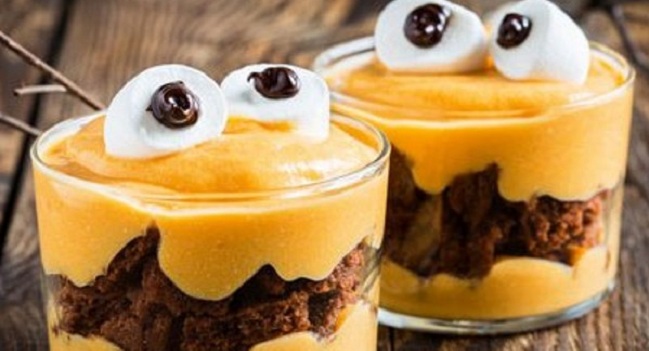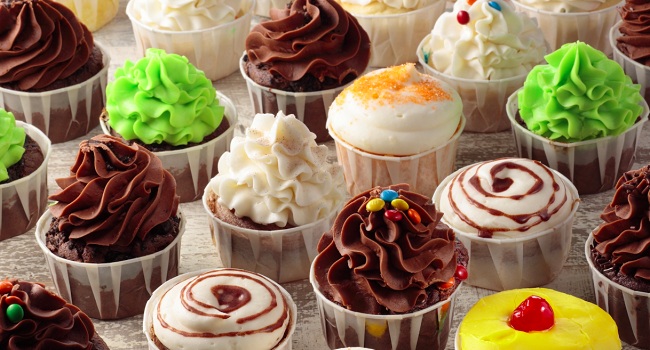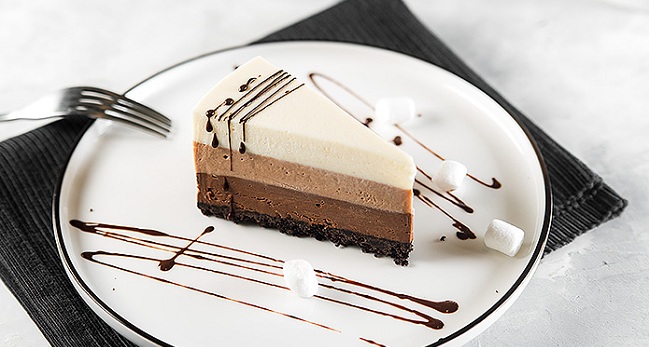Some tricks for making homemade baked goods.
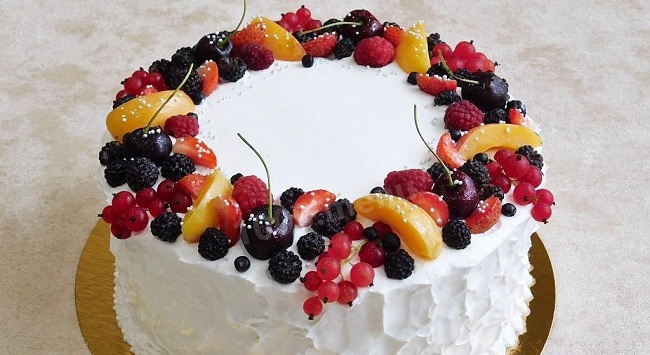
- If necessary, the warm base of the cake can be cut into horizontal layers using a thick thread or nylon fishing line: take it with both hands and carefully separate the horizontal layers or pieces of dough; cakes when cutting will turn out to be even and of any desired thickness.
- After removing the cake pan from the oven, put it on a wet cold towel or put the cake pan in hot water for a few minutes: the steam will help the dough to separate from the walls and bottom of the pan and the cake will be easy to remove.
- If the cake stuck to the paper laid on the bottom of the form, you need to take the thread with both hands and carefully draw it between the cake and the paper.
- It is best to chill the finished cake, taken out of the mold, by placing it on an overturned sieve or wire rack – then its bottom and sides will not get damp.
- If the base of the cake is slightly burnt, let it cool well and carefully clean the burnt layer with a fine grater or knife. Then lightly soak it with syrup, grease with cream or a thin layer of jam and sprinkle generously with powdered sugar.
- Before preparing any pastry dough, especially biscuit, it is imperative to sift the flour: it is saturated with oxygen and loosened, and the dough is more airy.

